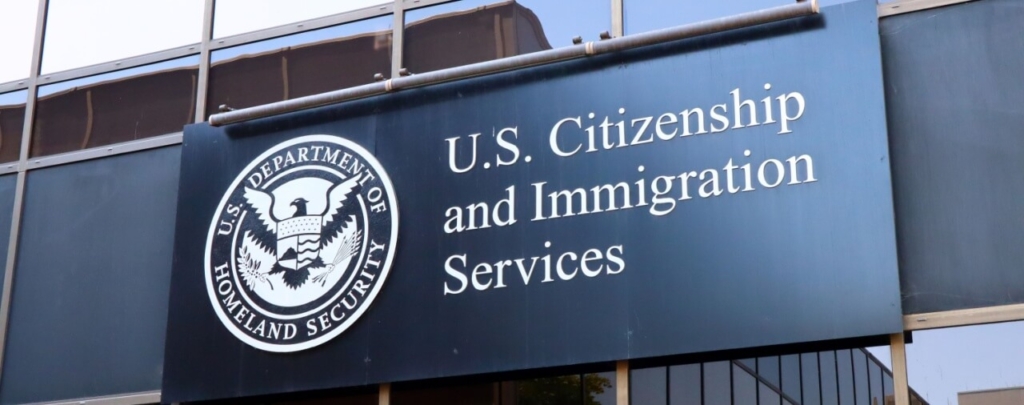Case overview and decision
The Board of Immigration Appeals (BIA) issued a precedent decision in Matter of R-K-K- 26 I&N Dec. 658 (BIA 2015) [PDF version] on September 8, 2015.
The respondent in Matter of R-K-K- is a native and citizen of India who in 2011, within a year of entering the United States, applied for asylum. After being placed in removal proceedings on account of entering the United States without being admitted or paroled, the respondent applied for withholding of removal. The Immigration Judge denied respondent’s asylum and withholding applications due to an adverse credibility determination that was based upon the finding that the “form, substance, and tone” of the respondent’s asylum application were “substantially similar, and in some regards identical” to an asylum application filed by the respondent’s brother, who had been granted asylum in 2009.
The BIA in Matter of R-K-K- held that the Immigration Judge had not acted in error and that substantial inter-proceeding similarities is a valid ground for an adverse credibility determination. Furthermore, the BIA outlined a framework for Immigration Judges going forward to determine whether substantial inter-proceeding similarities in asylum applications should, in a given case, lead to an adverse-credibility determination against the applicant.
BIA’s Reasoning
The Board noted that section 208(b)(1)(B)(ii) of the Immigration and Nationality Act (INA) provides that an applicant for refugee protection must demonstrate that his or her testimony “is credible, is persuasive, and refers specific facts sufficient to demonstrate that the applicant is a refugee.”
The BIA had never issued a precedent decision addressing whether an adverse credibility finding could be made based upon substantial inter-proceeding similarities between asylum applications. However, the Board noted that the Second Circuit Court of Appeals had considered this issue in Mei Chai Ye. V. U.S. Department of Justice, 489 F.3d 517 (2d Cir. 2007) [PDF version], and ultimately held that an adverse credibility determination could be made based upon substantial similarities between asylum applications. Citing the Mei Chai Ye decision, the Board notes that this issue may be difficult for Immigration Judges, since while the Immigration Judge cannot ignore substantial similarities between asylum applications, he or she must be open to the possibility that the similarities in question are innocent and do not bear negatively on the credibility of the applicant. The Board quotes the Mei Chai Ye decision in holding that such determinations must be reviewed with “an especially cautious eye.” Mei Chai Ye. v. U.S. Dep’t of Justice, 489 F.3d 517 (2d Cir. 2007) at 519-20.
Three-Part Framework for Immigration Judges
The Board created a three-part framework for Immigration Judges to use when they are relying upon inter-proceeding similarities in making an adverse credibility determination against an asylum applicant:
1. The Immigration Judge should give the applicant meaningful notice of the similarities that he or she considers to be “significant”;
2. The Immigration Judge should give the applicant a reasonable opportunity to explain the similarities;
3. The Immigration Judge should consider the totality of circumstances in making a credibility determination.
The Board instructs that for step one of the framework, the Immigration Judge should identify the similarities in question and then notify the applicant of the specific similarities that require an explanation. Furthermore, the Immigration Judge should provide the applicant with copies of all of the similarities in question and explain to the applicant how the similarities undermine his or her credibility.
Again citing Mei Chai Ye, the Board noted certain similarities that may be indicative of similarities that should call the applicant’s credibility into question:
A substantial number of instances where the same or remarkably similar language is used to describe the same kind of incident or encounter;
Instances where additional material in both statements that “wouldn’t necessarily have to be mentioned but [was] mentioned” Mei Chai Ye. v. Dep’t of Justice, 489 F.3d at 521;
Where relatively few similarities exist, but in the context of the overall asylum claim, the similarities related to distinct language or unique factual circumstances that were repeated without reasonable explanation [citing Dehonzai v. Holder, 650 F.3d 1, 8 (1st Cir. 2011)[PDF version]].
The Board explains that step two of the framework provides the applicant, after he or she has been presented with the similarities in question, the opportunity to explain the similarities. The Board adds that the Immigration Judge may continue the hearing to allow the applicant to obtain evidence tailored to his or her explanation. The Board cited Mei Chai Ye. v. U.S. Dep’t of Justice, 489 F.3d at 526-527 in explaining things that the Immigration Judge should consider for this step:
whether there is a meaningful likelihood that the inter-proceeding similarities resulted from mere coincidence,
whether it is plausible that different asylum applications inserted truthful information into a standardized template or, for illiteracy reasons, conveyed it to a scrivener tied to an unchanging style;
whether the same translator converted valid accounts into a peculiarly similar story; and
whether there is a likelihood that the petitioner was an innocent “plagiaree.”
The Board finally explains that in the final step, the Immigration Judge should assess all of the evidence provided by the applicant and determine whether the evidence adequately explains the inter-proceeding similarities.
Conclusion
In this well-reasoned decision, the Board provides clear steps to Immigration Judges in how to evaluate significant inter-proceeding similarities between asylum applications with regard to the overall credibility of the testimony. In the first place, an asylum applicant should consult with an experienced immigration attorney for assistance in putting together evidence that clearly and distinctly supports the asylum applicant’s unique circumstances. In the event that for whatever reason, an Immigration Judge presents an asylum applicant with troubling inter-proceeding similarities, the asylum applicant should consult with an experienced immigration attorney for assistance in producing evidence to satisfy the Immigration Judge that the similarities were innocent, and thus should not weigh against the overall credibility of the asylum application.
It is important to note that the effects of a precedent decision such as Matter of R-K-K- become more clear with time. It will bear watching how Immigration Judges apply the Board’s framework in evaluating inter-proceeding similarities going forward.





